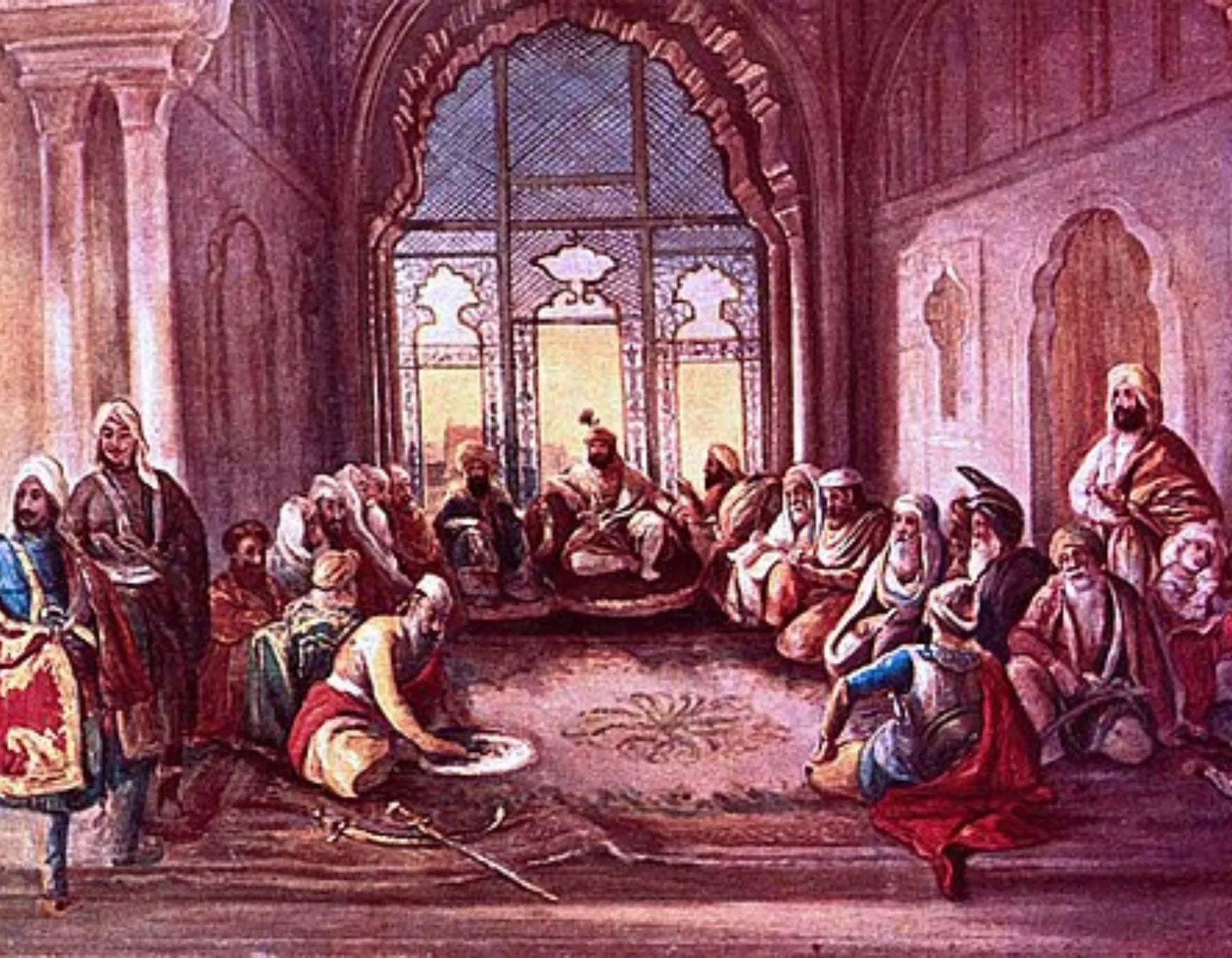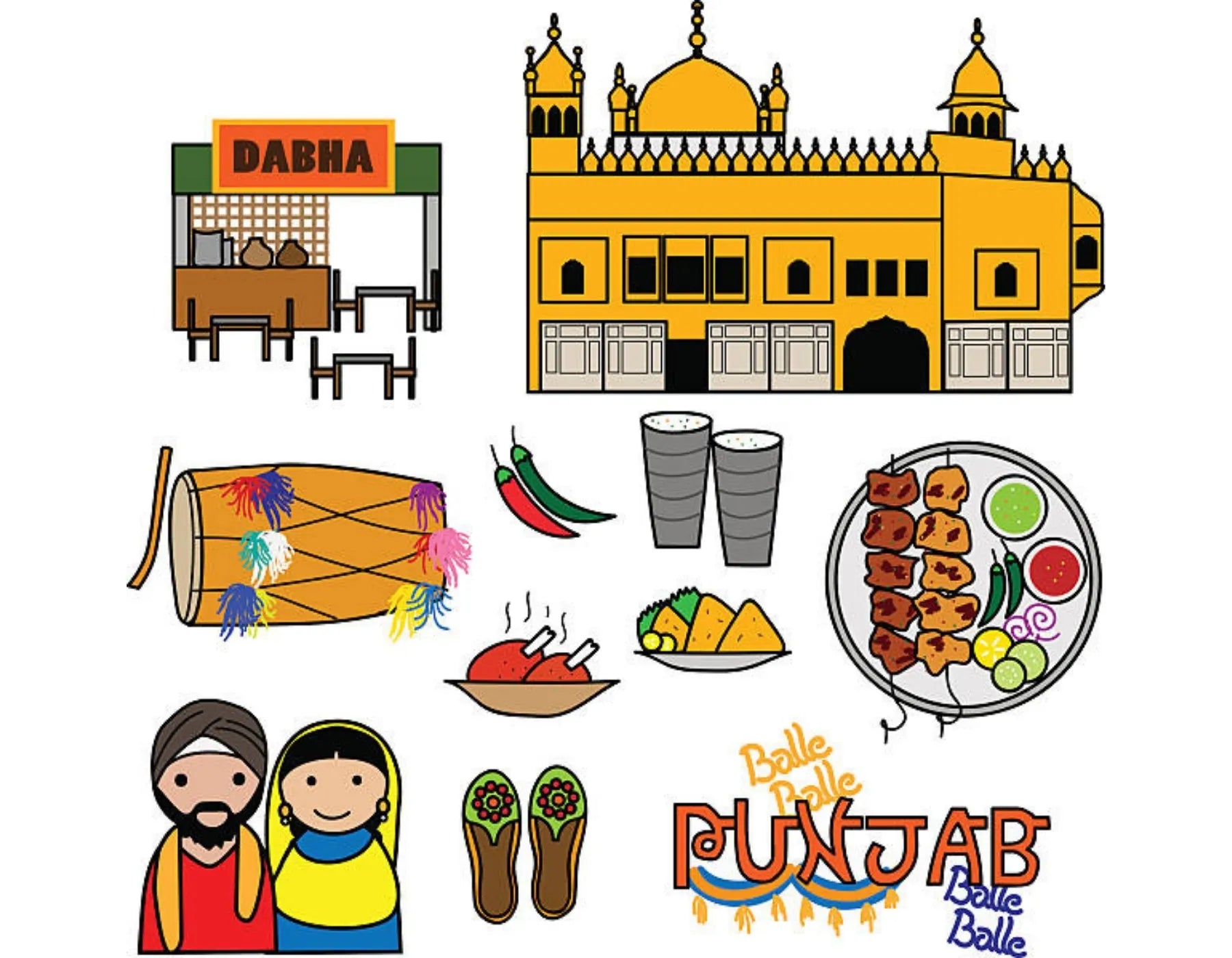
Truths About Sikh History That Were Erased
Sikh history is deeply rooted in resistance, resilience, and righteous rebellion, yet much of it has been misrepresented, overlooked, or systematically erased. While the mainstream narratives often simplify Sikhism into surface-level symbolism, the true stories of martyrdom, empire-building, colonial resistance, and cultural richness remain buried or distorted. As we trace the real chapters of Sikh history, we unearth forgotten legacies and censored truths that deserve to be known and honored.
The Revolutionary Birth of Sikhism Amid Oppression
Sikhism did not emerge in a vacuum of peace. It was born in 15th-century Punjab, a land torn between Brahmanical orthodoxy and Islamic hegemony. Guru Nanak Dev Ji, the founder of Sikhism, was a revolutionary thinker whose teachings directly challenged caste, ritualism, patriarchy, and forced conversions. His message—"There is no Hindu, there is no Muslim"—was not just spiritual but deeply political. He walked across continents spreading egalitarian and humanist ideals, from Mecca to Tibet, but mainstream academia still reduces him to a vague mystic.
The Militarization of the Sikh Identity Under Guru Hargobind Sahib
After the martyrdom of Guru Arjan Dev Ji in 1606—who was executed on the orders of Mughal emperor Jahangir—the Sikh community underwent a seismic shift. His son, Guru Hargobind Sahib, introduced the concept of Miri-Piri, blending temporal power with spiritual authority. The image of a saint-soldier, armed and devout, was not born out of aggression but out of necessity. This evolution is crucial, yet many history books omit this transformation that led to the militarization of Sikhs to defend justice, not conquer land.
Guru Tegh Bahadur: The Martyr for Religious Freedom
One of the most deliberately downplayed chapters in Indian history is the martyrdom of Guru Tegh Bahadur Ji, the ninth Sikh Guru, in 1675. He laid down his life to protect Kashmiri Pandits from forced Islamic conversion under Aurangzeb—even though he had no religious or political obligation to intervene. His sacrifice was the first recorded act of interfaith solidarity at this scale, yet most Indian school curricula gloss over this as a footnote. His headless body was secretly cremated by Lakhi Shah Vanjara, risking his life against Mughal rule—another erased hero of Sikh history.
Guru Gobind Singh Ji and the Foundation of the Khalsa
Guru Gobind Singh Ji's establishment of the Khalsa Panth in 1699 was not just a religious milestone—it was an act of rebellion against tyranny and social inequality. The initiation of the Five Beloved Ones (Panj Pyare) from diverse castes and backgrounds challenged both Brahmanical purity laws and Mughal imperialism. The Khalsa identity, with unshorn hair, weapons, and spiritual discipline, was forged to be fearless, sovereign, and unbreakable. His declaration, "When all other means fail, it is righteous to draw the sword," is often misinterpreted—yet it symbolizes the last resort of justice.

The Sikh Empire: A Forgotten Golden Age
The Sikh Empire under Maharaja Ranjit Singh (1799–1839) was among the most progressive, secular, and prosperous empires in South Asia. With Lahore as its capital, it boasted the strongest non-British military, including European-trained regiments, and pioneered reforms in education, infrastructure, and religious tolerance. Hindus, Muslims, and Christians held high positions in his court. Despite all this, Ranjit Singh is rarely given his rightful place among Indian kings. His cohesive governance and resistance to British colonization remain one of the least acknowledged success stories in modern Indian history.
The British Betrayal and Systematic Disarmament
Following the Anglo-Sikh Wars, the British annexed Punjab in 1849 and quickly moved to dismantle the Sikh military structure, fearing its potential for rebellion. Through policies like the Punjab Land Alienation Act and Criminal Tribes Act, they not only stripped land rights and labeled Sikhs as threats, but also tried to de-spiritualize and divide the community. British missionary schools introduced narratives that painted Sikhism as a sect of Hinduism—a misclassification still echoed in some modern textbooks. These policies planted seeds of division still felt today.
The Ghadar Movement and Sikh Resistance Abroad
Another heavily erased chapter is the Ghadar Movement (early 1900s), where Punjabi Sikhs in the diaspora, particularly in North America, spearheaded anti-British revolutionary activities. These freedom fighters published the Ghadar newspaper, collected weapons, and planned revolts to liberate India from colonial rule. Leaders like Baba Sohan Singh Bhakna and Kartar Singh Sarabha are rarely mentioned in mainstream freedom struggle discourse, even though their contributions rivaled those of the Indian National Congress.
The Sikh Role in World Wars: Loyalty Exploited and Forgotten
During World War I and II, over 83,000 Sikh soldiers died and over 100,000 were injured fighting for the British Empire. Despite making up less than 2% of India’s population, Sikhs formed more than 20% of the Indian Army. These numbers are barely acknowledged in British war memorials or Indian history books. The betrayal came full circle when, after independence, Sikh demands for autonomy were dismissed and Punjab was trifurcated in 1966, weakening the political and economic clout of the Sikhs.
1984 Anti-Sikh Pogrom: A Genocide Whitewashed
One of the most painfully erased and mischaracterized events in modern Indian history is the 1984 Anti-Sikh Genocide, which followed the assassination of Prime Minister Indira Gandhi. Organized mobs, armed with voter lists and kerosene, massacred over 3,000 Sikhs in Delhi alone. The state machinery was complicit, and justice remains elusive even four decades later. Yet, Indian textbooks call it “riots,” whitewashing the premeditated nature of the attacks and erasing the trauma of an entire generation.
The Diasporic Sikh Identity: A Global Force of Culture and Activism
From Canada to the UK, Australia to the U.S., the Sikh diaspora has emerged as a powerful force preserving cultural memory and fighting for justice. Movements like #NeverForget1984, Kisan Morcha, and campaigns against hate crimes are led by young Sikhs who understand that preserving history is an act of resistance. The diaspora funds gurdwaras, schools, and humanitarian work, ensuring that Sikh history continues to thrive even when censored in textbooks and media.
Conclusion: Reclaiming the Narrative
Sikh history is not just about battles and turbans—it is a living legacy of resistance against oppression, unwavering faith, and global solidarity. The erasure of these truths is not accidental; it is a deliberate political act aimed at weakening a community known for its courage and clarity. By reclaiming and retelling these stories, we not only honor our ancestors, but also empower future generations to stand tall in the face of distortion.
